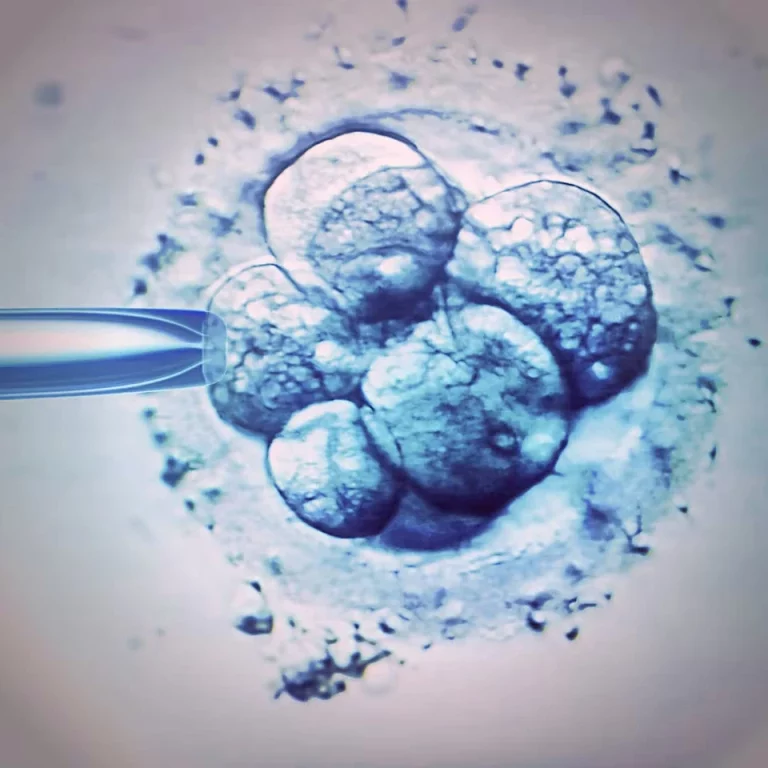Discharge Changes When You Ovulate: What to Know
A woman’s body produces many fluids (that are totally normal), and cervical mucus is one of them! Also known as discharge, it usually comes in different forms throughout the menstrual cycle.
Why is it important to monitor discharge changes when you ovulate?
If you’re trying to get pregnant, you can track your discharge to learn more about your cycle and know when you’re ovulating, the time you’re most fertile.
But how will you know if you’re ovulating based on your discharge? Read on to learn about the different
The Different Discharge Changes When You Ovulate
Are you already tracking your basal body temperature (BBT)? Then you might want to accompany it with cervical mucus tracking.
Your BBT will identify if you ovulated only after it happened. But tracking your cervical mucus changes can tell you when you’re about to ovulate, which can help you time sex to conceive successfully.
When ovulation is approaching, your discharge would change to a sperm-friendly consistency. After ovulation, your hormone progesterone will cause discharge to become sticky and thicker, stopping sperm from getting through your uterus. (https://www.hhs.gov/opa/reproductive-health/fact-sheets/vaginal-discharge/index.html)
While all our bodies are different, these are the general changes in your discharge:
1. Menstruation
2. Dry or sticky consistency
3. Creamy-like lotion
4. Wet and watery
5. Raw egg white consistency
6. Dry or sticky consistency
7. Then back to menstruation, with the cycle repeating.
When the mucus is wet and watery or in the raw egg white consistency part, then ovulation is coming. This would be the best time to have sex for more chances of a successful conception.
Related: Peak Ovulation: 5 Ways to Track Ovulation Effectively
Checking Your Cervical Mucus
When checking your cervical mucus, follow these steps:
1. Wash and dry your hands or wear gloves. Make sure they are clean before touching your vagina to prevent any infections.
2. Sit on the toilet, squat, or stand up with one leg on the toilet seat, whichever position is most comfortable.
3. With your index or middle finger, reach inside your vagina carefully, making sure you don’t scratch yourself. Reach until you get a sample nearing your cervix.
4. Remove your finger and check the consistency of your cervical mucus. You can do this by looking at the mucus, rolling it between your finger and thumb. Press your fingers together, slowly separating them.
5. You can refer to the different discharge changes above and mark it down on your chart for accurate ovulation monitoring. While you can make your own handwritten chart, you can also use a mobile app for tracking and monitoring. (https://www.med.unc.edu/timetoconceive/study-participant-resources/cervical-mucus-testing-information/)
Here are some extra tips when checking your cervical mucus:
• Do NOT check your discharge during or right after sexual intercourse. You won’t be able to tell the difference between arousal fluids, semen, and cervical mucus.
• You can also check your discharge looking at your underwear or toilet paper after wiping. This is a good alternative if you feel uncomfortable putting your finger inside.
• Never try to wash away your body’s natural fluids, using methods like douching. These fluids are normal and healthy, and if you use various cleaning methods, it can do more harm than good.
If ever you don’t get fertile-quality cervical mucus, let your doctor know. This may be a problem with hormones or fertility, or it can be due to some medication you’re taking.
Wrapping It Up
It’s good to track your discharge changes when you ovulate, which can help you learn more about your fertility cycle. While it does take a bit of time to learn how to track it, you’ll be able to recognize your discharge changes and cycle more.
That way, you have another powerful tool to help you conceive!
We discuss products we think are useful to people. If you buy something through our links, we may earn a commission. Remember to check with your personal physician to see if a product recommended is right for you.








